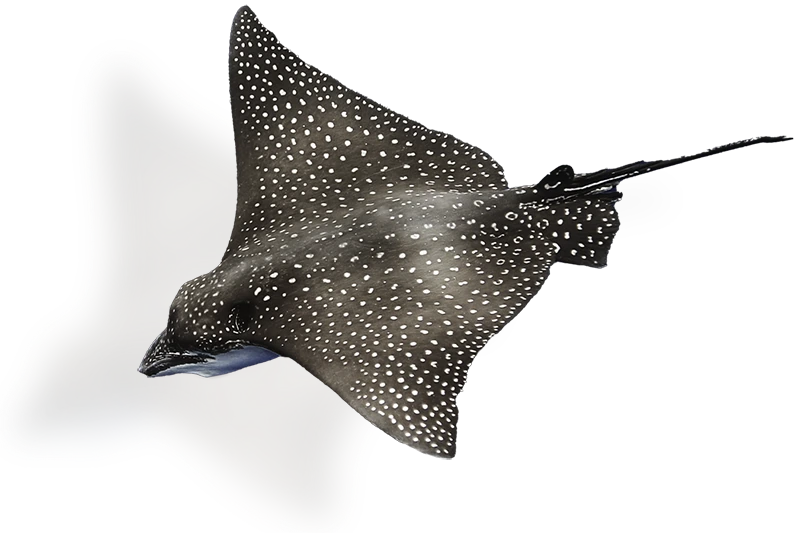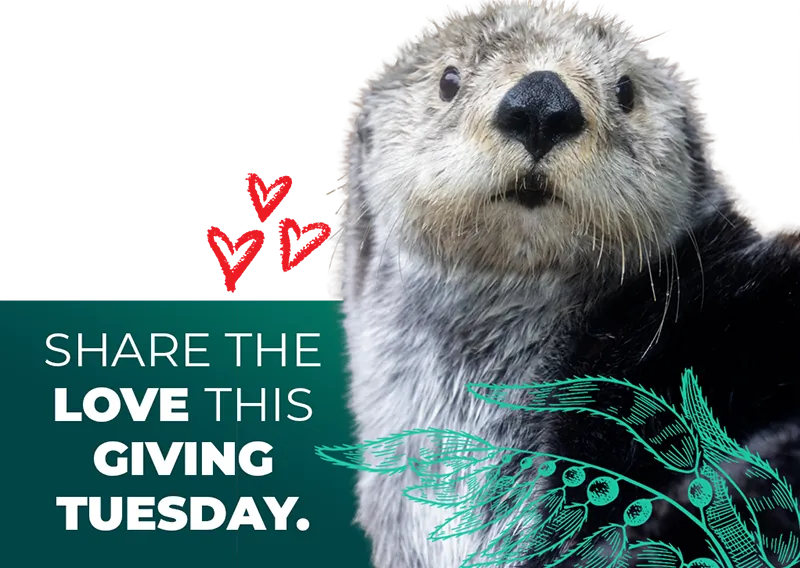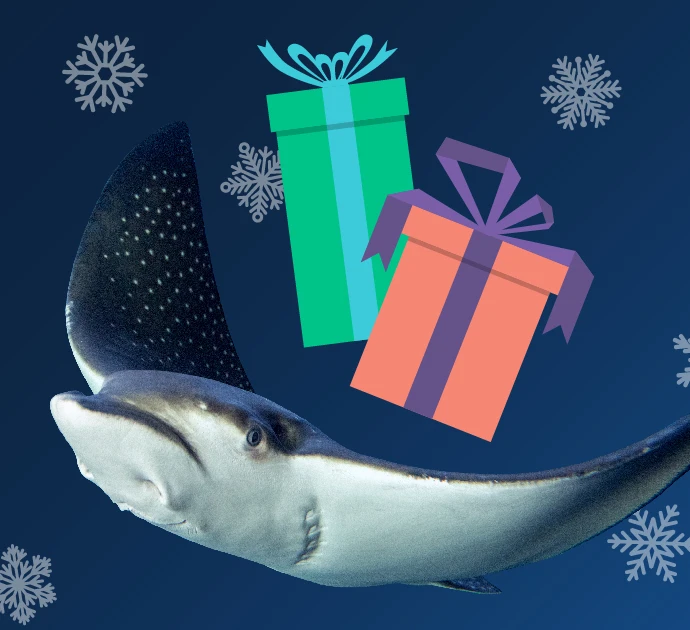During Halloween, skeletons and other dead creatures make for great decorations. But did you know corpses play important roles in aquatic ecosystems year-round?
When animals die, their bodies are still full of nutrients. Nutrients are chemical substances that help living beings grow, repair themselves or maintain life. Humans need nutrients like carbohydrates, proteins and minerals.
Nature is not wasteful and there are many ways these nutrients can pass to other parts of the ecosystem. If an apple falls from its tree, straight to the ground, an animal might come along and gobble up its nutrients. Or the fruit might stay there and decomposers like worms, fungi and bacteria will help return its nutrients to the nearby soil.
Animal carcasses end up in similar scenarios: Someone eats them or they decompose into their environment. Often, both happen with the same carcass! Here are three fascinating types of marine corpses that play key roles in their ecosystems.
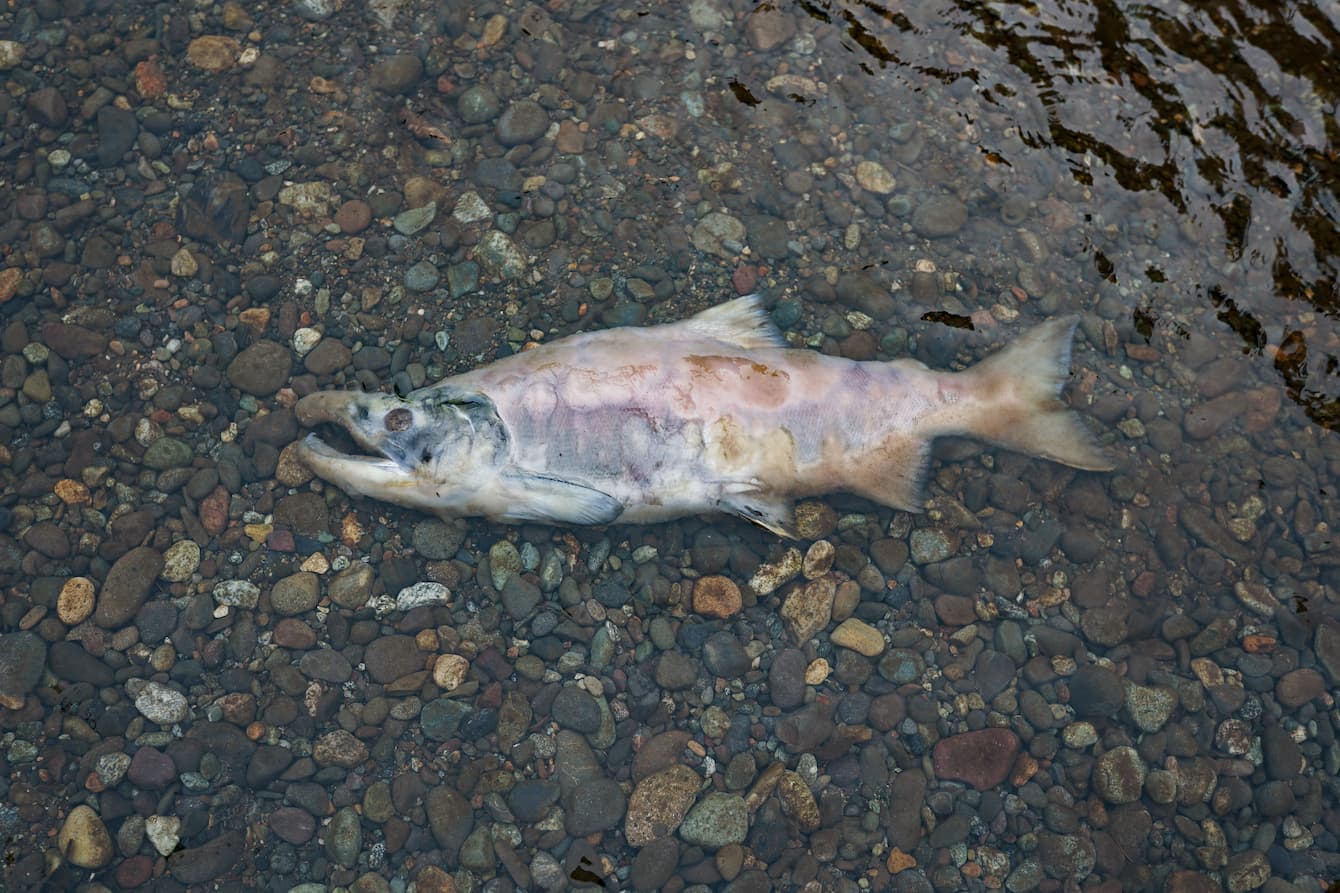
Night of the living salmon
Pacific salmon embark on the journey of a lifetime when they travel back from the ocean to the freshwater rivers and streams where they were born so they can reproduce, or spawn. When salmon return to rivers, their bodies bring with them important nutrients from the ocean. Along the way, some salmon are eaten by predators, who eagerly take in those nutrients for themselves.
After spawning, Pacific salmon naturally die and their carcasses feed many animals, including bears, wolves, small mammals, birds and insects. Those land-based animals can further pass nutrients from salmon to their environment through their waste. Whatever part of the salmon carcass is left over also gets broken down by microbes and erosion, giving nutrients to the surrounding soil and plant life. Salmon play a key role in supporting tree growth near riverbeds.
The nutrients from salmon have a distinct isotope signature that scientists use to track salmon’s impact in the local ecosystem. Researchers found that nutrients from salmon in Washington ended up in over 100 species of microbes and animals. The nutrients can reach animals up to seven miles away from their stream of origin.
During late summer and early fall, you can join Seattle Aquarium naturalists on the Cedar River to observe salmon. Because the Cedar River Salmon Journey occurs during the final days of salmon reproduction, we often see their carcasses along the river. And you can see salmon year-round, at various stages in their growth, on a visit to the Seattle Aquarium.
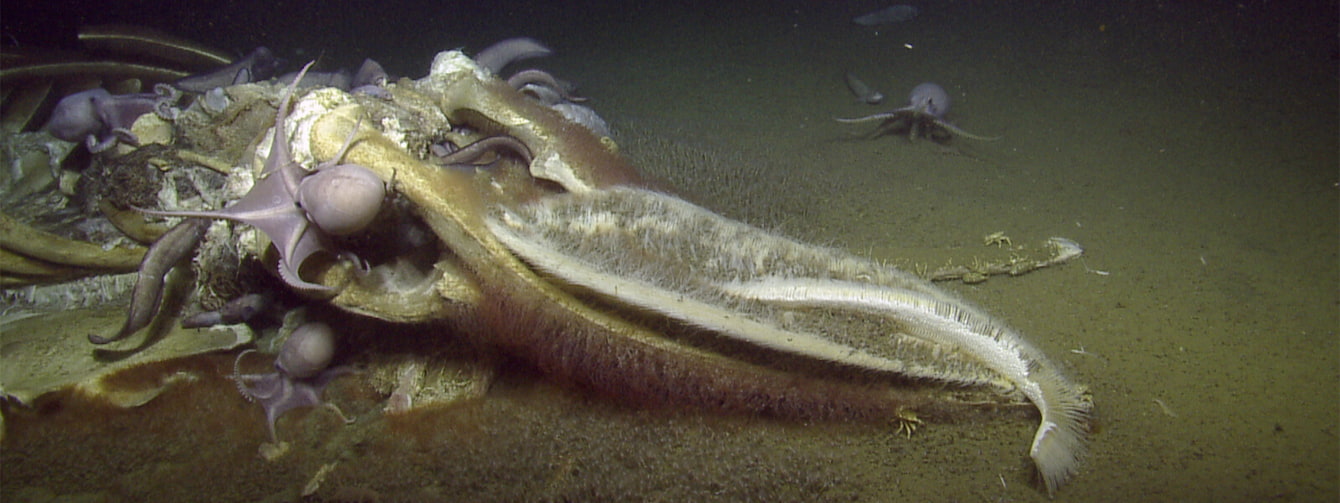
Creepy deep-sea feast
The massive, decaying corpse of a marine goliath would be hard to miss. Whale carcasses that wash up on shore are a big deal. And miles below the ocean’s surface, the scavengers and decomposers who live in the deep, dark waters of the seafloor also take notice.
When whales die in open waters, their bodies sink down to the bottom and end up as a buffet for these creatures of the deep, feeding them for years or even decades. This phenomenon is called a whale fall.
Entire ecosystems can pop up around whale carcasses. Different creatures feast on the carcass during different stages of its decomposition. The first to move in are the scavengers, including crabs, lobsters, sharks, octopuses and eels. These animals eat the whale’s meat and other soft tissue. When they’re done, other creatures like worms and snails move in to have their fill. Bone-eating bacteria and other microbes will spend years on the remaining skeleton. Nutrients from the carcass also enrich the seafloor’s surrounding sediment.
It’s rare for scientists to come across a natural whale fall. To study them in greater detail, researchers will sometimes intentionally sink whale carcasses that wash ashore. Now that’s an experiment that would make Frankenstein jealous!
Marine snow, seen here in the Gulf of Alaska, is made of “flakes” of bits of animal carcasses, dead plants, feces and sand, among other materials, that fall down to the seafloor. Video courtesy of NOAA/UAF/Oceaneering.
A ghostly snowfall
Snow in October? It might not be happening in Seattle, but down in the ocean’s depths, flurries of white are the norm. Marine snow is made of tiny plant-like organisms called phytoplankton combined with small bits of natural materials. That includes pieces from animal carcasses along with dead plants, animal feces and sand. When drifting through the water, these tiny specs look like the snow we see on land.
Like whale corpses, marine snow drifts downward. The snow “flakes” get larger as they go, gaining speed, but they still take weeks to reach the seafloor.
Along the way, some of the snow will be eaten by fish or marine mammals near the top or middle of the water column. Many benthic creatures, which are animals that live on the seafloor, rely on marine snow as a food source. They may filter the snow from the water directly or scavenge for it on the seafloor.
Uneaten marine snow accumulates in the “ooze” that covers the seafloor. And the bone-white snow also dusts the sunken ships and other marine debris of the ocean’s graveyard.
While corpse stories make for a frighteningly fascinating Halloween read, animal carcasses support living creatures all year long. With death, comes the chance for life to flourish. You can check out hundreds of types of thriving marine life at the Seattle Aquarium. Plan your visit today!
